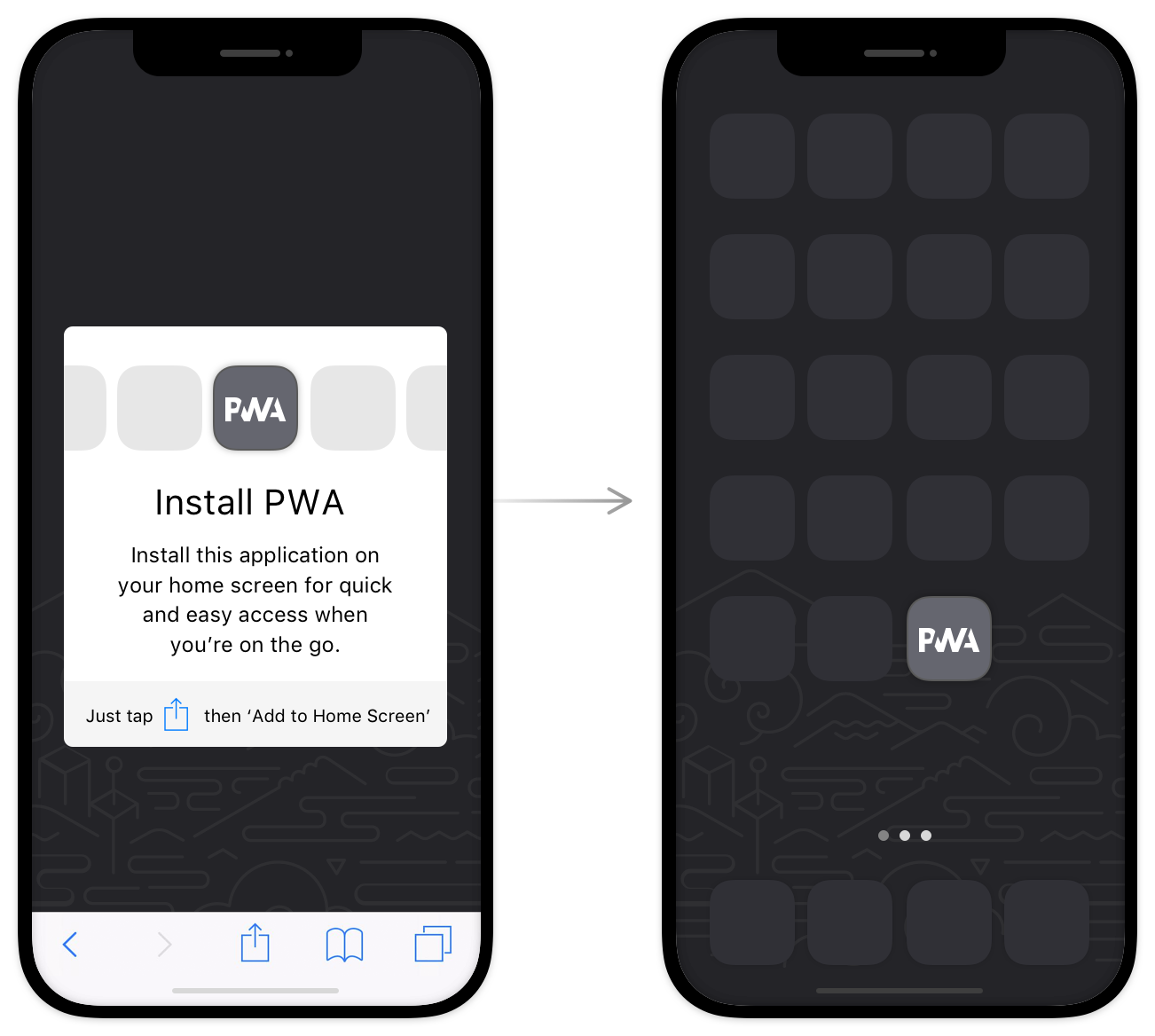In the early years of web development, there were three standard fundamentals upon which every website was built: HTML, CSS, and JavaScript. As time passed, web developers became more proficient in their construction of fancy UI/UX widgets for websites. With the need for newer ways of crafting a site coming in conflict with the relatively slow adoption of newer standards, more and more developers began to build their own libraries to abstract away some of the technical details. The web ceased being a standard: now your website could be a React site, or an Angular site, or a Vue site, or any number of other web framework that are not interoperable with each other.
Web components seek to...
